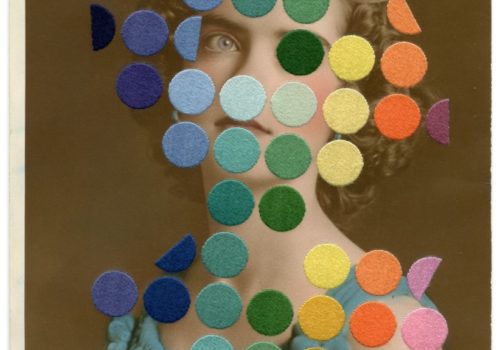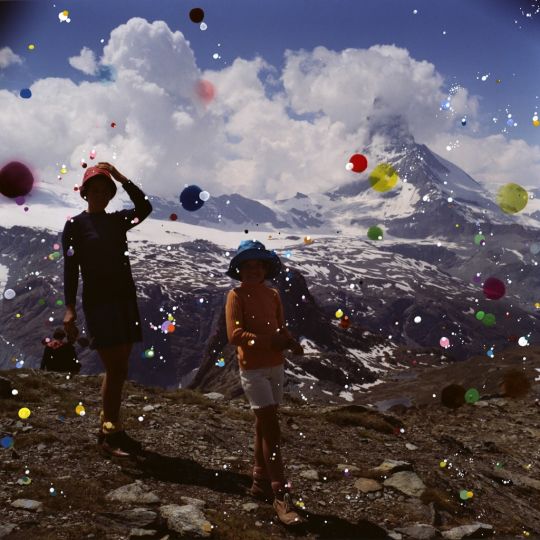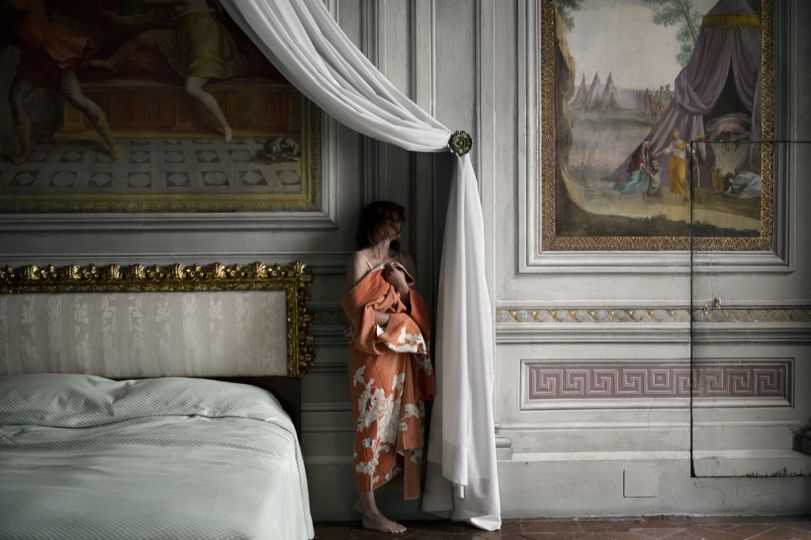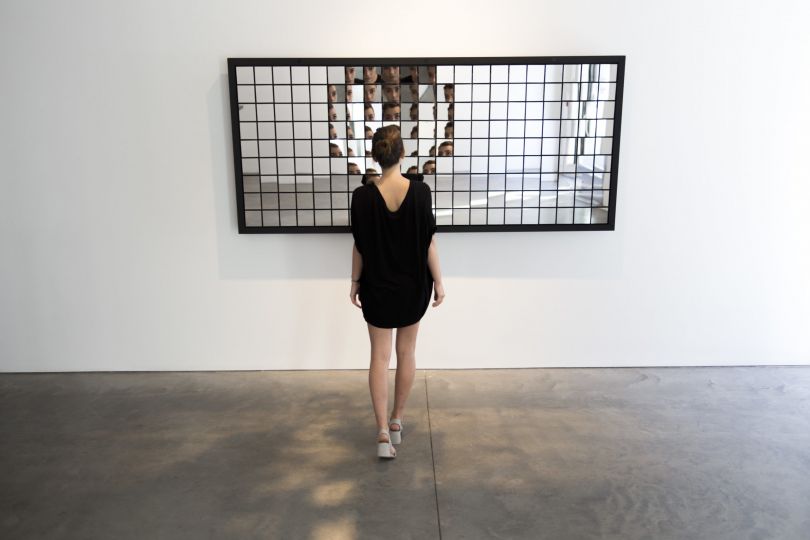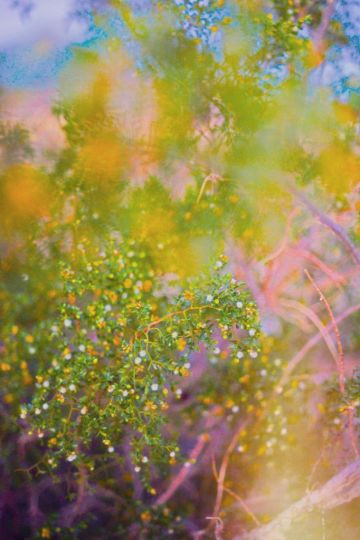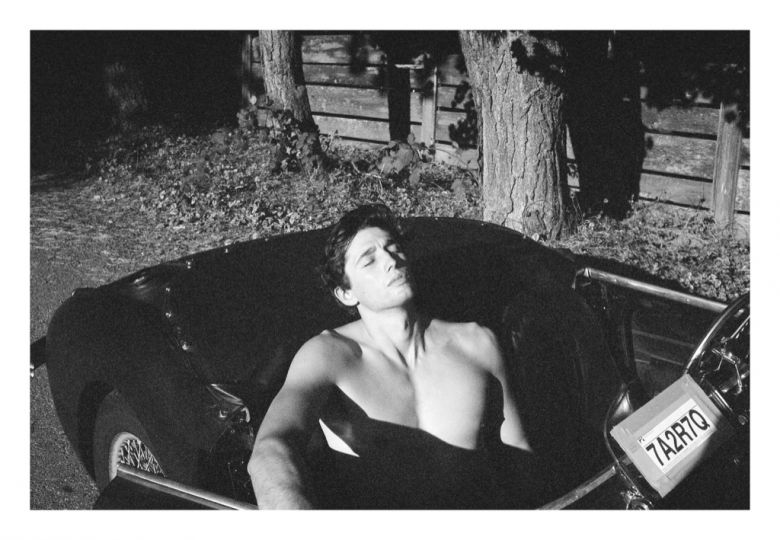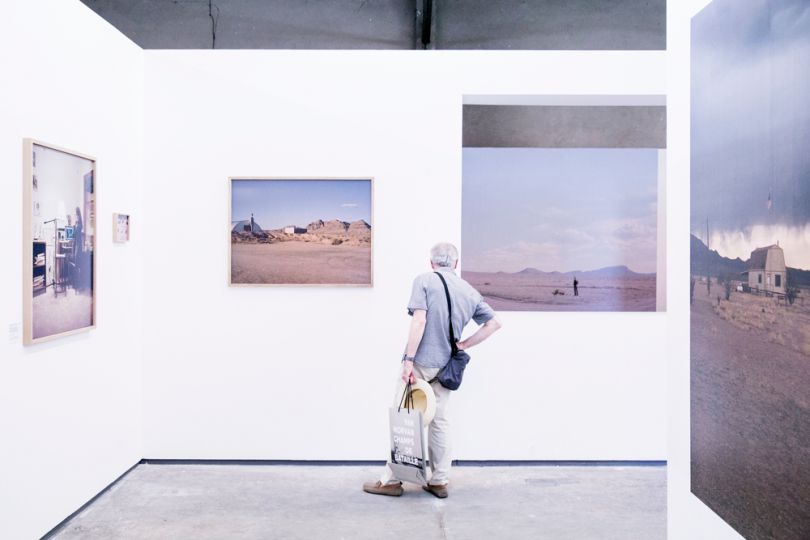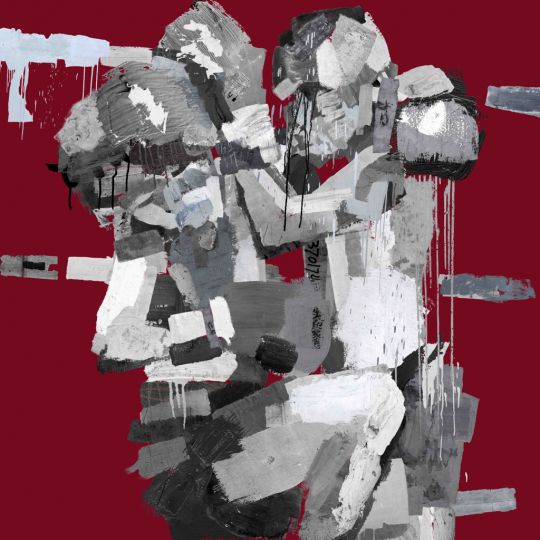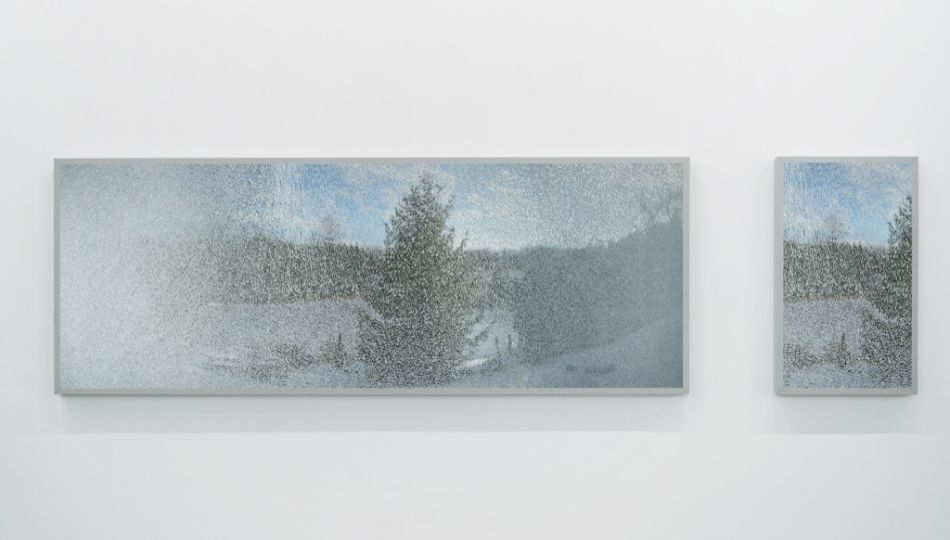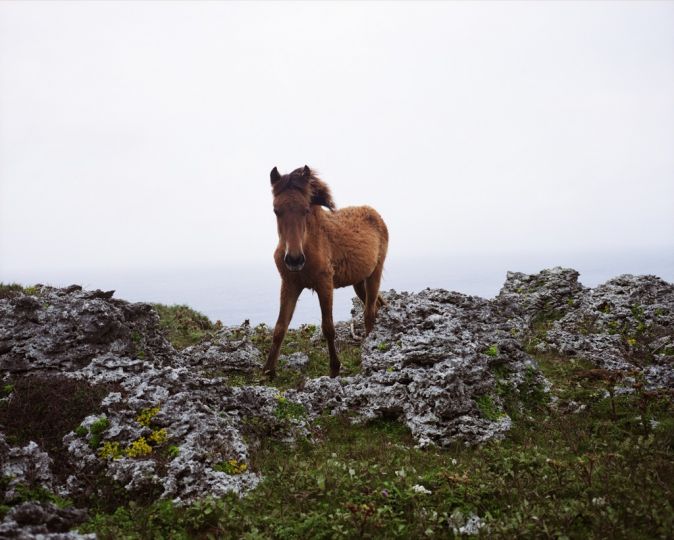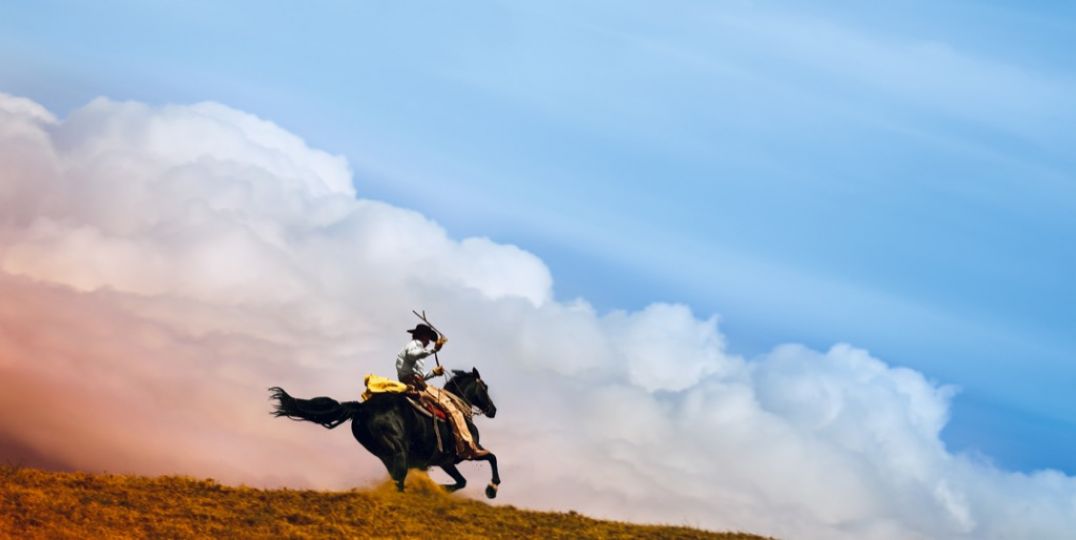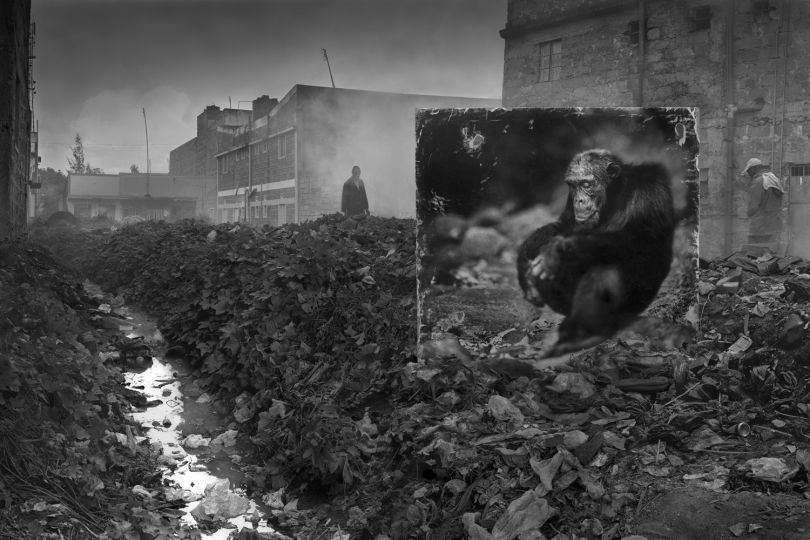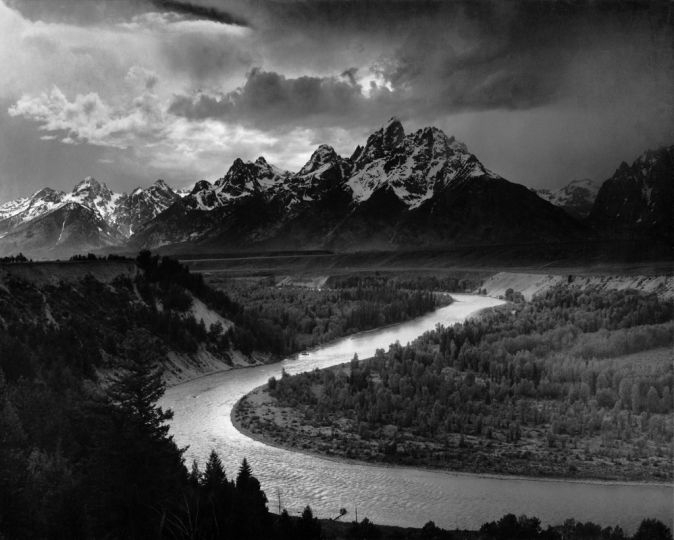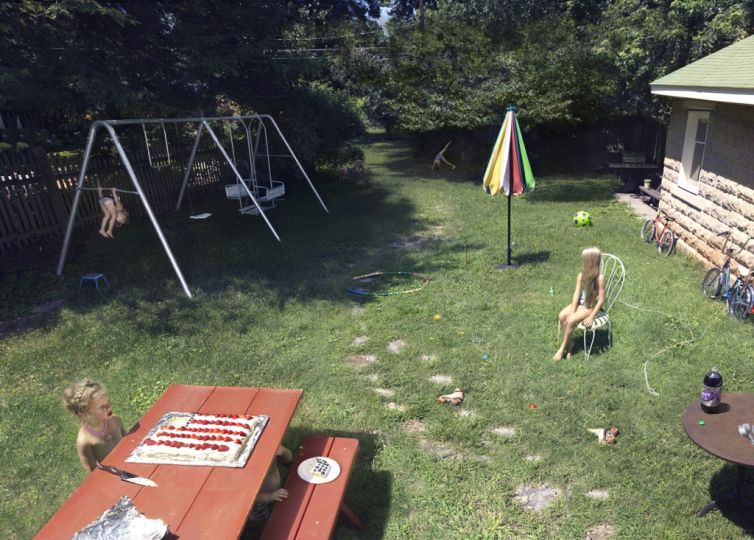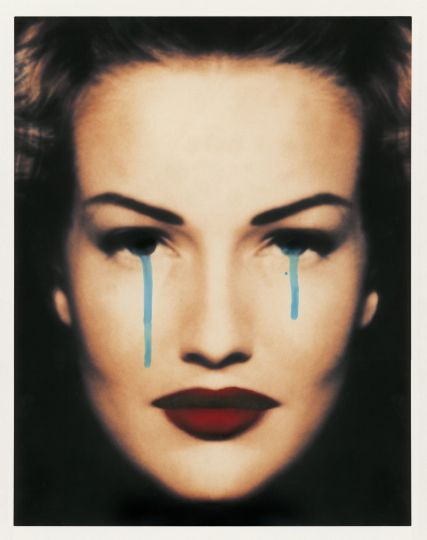PHOTOFAIRS, the international photography fair that’s presenting its fourth edition in Shanghai this fall, has finally crossed the Pacific. Last weekend, between Jan. 27 and 29, PHOTOFAIRS San Francisco made its debut at Fort Mason’s massive Festival Pavilion, featuring 34 national and international galleries, representing from 14 countries.
“We feel that China offers the biggest growth potential because it’s relatively new in terms of photography collection, and it’s a vastly huge market. On the flip side, you’ve got America, which has the most sophisticated, mature market for photography. When we looked into it, there wasn’t anything we felt had that international flavor on the West Coast so creating a fair in San Francisco made total sense,” said Scott Gray, CEO & Founder of PHOTOFAIRS and World Photography Organization.
PHOTOFAIRS San Francisco, Gray said, is designed to be a highly curated “boutique environment,” presenting a small collection of galleries and focusing on works that collectors likely haven’t seen elsewhere.
There were a few of the usual suspects, of course—Ryan McGinley, Edward Burtynsky and Sebastião Salgado among them— but PHOTOFAIRS delivered on its promise nonetheless. At Tristan Hoare, Alejandro Guijarro’s photographs of the blackboards at quantum mechanics institutions were endlessly interesting abstractions. At Galerie Dumonteil, Eric Pillot’s series, “In Situ USA” looked at the staging of animals in zoos. And over at Elipsis Projects, Ahmet Ertug’s large-scale photographs of architectural cultural heritage sites were an imposing and impressive presence.
Elipsis Projectsa were one of a few galleries at PHOTOFAIRS, including Rubber Factory, East Wing, and Pan-View Gallery, that had never before exhibited in the United States. They’ve brought some exciting work with them. At East Wing, there’s Jojakim Cortis and Adrian Sonderegger’s series, “ICONS,” which creates iconic photographs in miniature, reflecting on the history of the medium and the nature of image-making. At Rubber Factory, writer Hannah Schneider and photographer Kate Stone showed their work, “How We End,” curious and psychologically rich tableaus that visualize the moment when an unnamed narrator realizes a relationship is over. Elsewhere in the pavilion, Rubber Factory presented Jordan Sullivan’s “Night Finds You,” a series of lovely fabric photographs on translucent silk.
Sullivan is among many artists at PHOTOFAIRS thinking outside the box. Over at the Theme+Projects booth, there were Randy Hayes, a Mississippi-based artist who paints on photo collages, creating complex and interesting layers of meaning. At Flowers Gallery, Julie Cockburn placed embroidered designs and other objects on found images. At Bryce Wolkowitz Gallery, London-based Robert Currie creates intricate photo-based sculptures with black acrylic on nylon monofilament.
San Francisco-based Jim Campbell worked with LEDs, electronics and Plexiglass to create his work, “Tuileries Garden,” which could be seen in the exhibition “Insights: New Approaches to Photography since 2000.” On display in the center of the pavilion, “Insights” featured artists who are playing with old techniques in new ways as well as using cutting edge technology to break boundaries.
“I wanted to make the point that you can do so many things to a photograph to make it unique or special,” said PHOTOFAIRS Artistic Director Alexander Montague-Sparey.
The exhibition was divided into two sections—one curated by Montague-Sparey and another curated by Allie Haeusslein, the associate director of Pier 24 Photography. Haeusslein’s section focused on West Coast artists whose works address the Western landscape. Among these, Meghann Riepenhoff’s gorgeous cyanotypes stand out. Montague-Sparey’s section, meanwhile, expanded beyond American photographers and depiction of the West Coast landscape to show how artists around the world are using maverick techniques in work that addresses a variety of themes.
“The nature of photography is more and more becoming about exploring the medium. People are looking for new ways to produce their artworks. Using cameras and paint and sculpture together is something that’s reflected within the overall art market at the moment,” Montague-Sparey said.
PHOTOFAIRS San Francisco isn’t just a commercial enterprise, Gray said; it’s also educational. Throughout the weekend, the pavilion hosted artist talks, panel discussions and book signings, helping inform the next generation of local collectors and photography enthusiasts.
“There’s this beautiful infrastructure in San Francisco and amazing programming that happens at places like the San Francisco Museum of Modern Art and FOG Design+Art. We felt by bringing the PHOTOFAIRS show we could add to that offer and enhance it,” said Gray.
Jordan G. Teicher
Jordan G. Teicher is an American journalist and critic based in Brooklyn, New York.
PHOTOFAIRS in San Francisco
January 27-29, 2017
Fort Mason Festival Pavilion
2 Marina Blvd
San Francisco, CA 94123
USA

